Inspiring Women in the Built Environment
I remember being a thirteen-year-old girl when I first began talking about becoming an architect. This surprised my parents as they thought I would end up in a more literature-based career like journalism or even law. However, being the supportive parents they've always been, they encouraged me to pursue my dream. Although admittedly, their support came with many conversations warning me that it isn't an easy career, particularly for a girl, because it is typically 'a man's job'. Many of their friends told me the same thing. My dad is a civil engineer and has a lot of architect friends. I talked to many of them to gain insight into what the industry was like, and everything they told me made me want to study architecture even more. There was just one thing that kept coming up every time regardless of which architect I was speaking to: “not many women do these jobs and those who begin, often drop-out”. My tiny thirteen-year-old brain could not understand why my gender was such a big deal in my career choice.
So, the small rebellious (let's dress it up as resilient) teenager that I was, saw this as a challenge, and more than ever, I knew I had to pursue a career in architecture or a related field, even if only to prove them all wrong! Against all odds, I went on to study my Bachelor degree in Architecture at one of the top universities in the UK for its field and now, I am doing a master’s degree in another top global university. So I hope that with this piece, I can encourage, inspire and empower all the women thinking of a career in the built environment or already holding a post in one. I want everyone to see that there is much to be gained from gender equality in the built environment and that we as women are skilled, resourceful and our resilience makes us a force to be reckoned with.
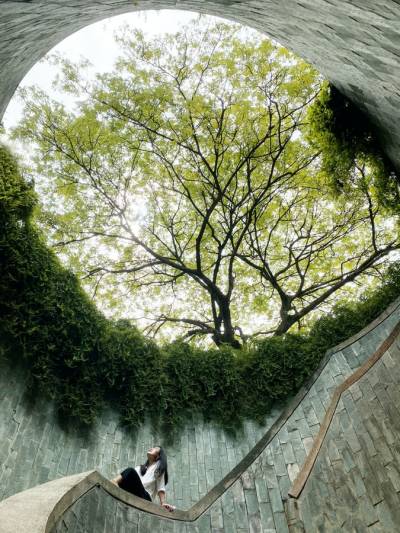
Firstly, I must recognise current efforts within the built environment industry to overcome the chronic underrepresentation of women in the sector. Studies show that diversity in the workplace creates a more successful environment. Consequently, there seems to be a general rise in the level of consciousness regarding female and male equality in the sector. Goal 5 of the UN's Sustainable Development Goals: 'Achieve gender equality and empower all women and girls' is a significant driver in promoting equality within the industry. Many firms strive to achieve this goal. However, there is still a lot to do as research also shows that in the UK, out of the 2.3 million people employed in the construction industry, only 296,000 are women. Just like me when I was younger, 27% of women stated that they had been actively discouraged from pursuing a career within construction and property (figures derived from a Government White Paper in 2015). Although I entered the field of study in the built environment in prestigious universities, the reality that men are often preferred in these positions taunts me. However, my goal is to succeed in a career in the built environment, not just my studies, so I have to push through and be twice as good if I have to. It's certainly not easy, but it is necessary.
Another thing that is painfully apparent, especially in the global south in countries such as Paraguay and Columbia, is the pay gap between men and women in construction. In Paraguay, a male civil engineer will earn, on average 9% more than a female civil engineer. In Colombia, the figure rises to men making 12% more than women (salary explorer, 2021). Additionally, there is also considerable discrimination against women to go on-site, especially in rural areas, because it's "dangerous" for women. This happens despite the great need for engineers on construction sites. Women who are allowed to go on-site have to accept being paid considerably less than men. Although it is highly unjust, many women take these jobs because they need the money to support their families. We need a lot more women in the sector to redress this cycle of negative behaviours and reasoning.
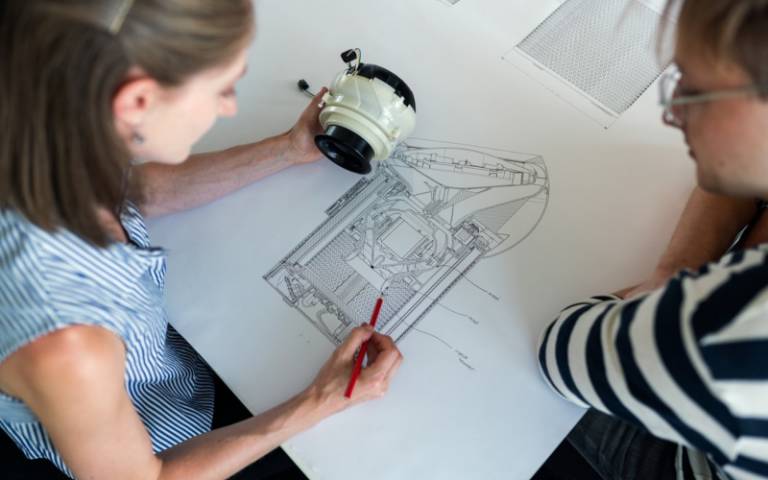
A study on gender diversity provides evidence of a significant positive correlation between women in corporate leadership and performance. However, despite this, there is still a negative perception of women in senior roles. There is a double standard on this topic as assertive women and with a strong vision are branded rude, difficult and unpleasant to work with, contrary to men who possess the same qualities but are seen as successful, professional businessmen (WiBE, 2018). This creates a feeling among women of having more to prove than men in this industry. This feeling is even heightened if, like me, you belong to a Black Asian and Ethnic Minority (BAME) group as you would have two social biases to overcome. Therefore, in the words of Dr Ozak Esu, a black woman Technical Lead at BRE Centre for Smart Homes and Buildings, "more emphasis and training on unconscious bias in the workplace, along with tailored and inclusive leadership programmes for both women and men, are required to advance equality within the sector at the decision-making level. Until these issues are addressed, equality cannot be achieved" (2018).
The fact that many women do not see jobs in the built environment as a career choice because they are actively discouraged from doing so is a big shame. In fact, it is a missed opportunity for the sector to gain valuable and innovative expertise. On that account, the promotion of the built environment industry, to include women, should begin in schools so that opportunities are not missed. This will also break down stereotypes for future generations.
Some inspiring women in the built environment
Thinking of generations, this blog post would not be right without mentioning a few inspiring women in the industry.
1. Zaha Hadid (Architect)
The first stop has to be Zaha Hadid. This is the woman whose work personally inspired me to want to take a career in architecture initially. She is the first woman to win the highest architecture award, the Pritzker Architecture Prize (2004). Her work showcases skills ranging from various sectors, including architecture, engineering, urban planning, and product design, proving that even though you are in one career, you don't have to confine your imagination to that sector alone. Although Zaha Hadid died in 2016, her legacy lives on, and she will always have a place in my heart as the woman who first inspired me.
2. Caroline Moser (Urban planner)
Caroline Moser is an urban social anthropologist and social policy specialist with a remarkable career of over 40 years working on the interrelationship between theory and practice around the themes of gender, asset accumulation and violence and conflict in contexts ranging from Chile, Colombia, Guatemala, Jamaica, and Kenya. She has done a lot of work to bring a gender perspective to the field of planning.
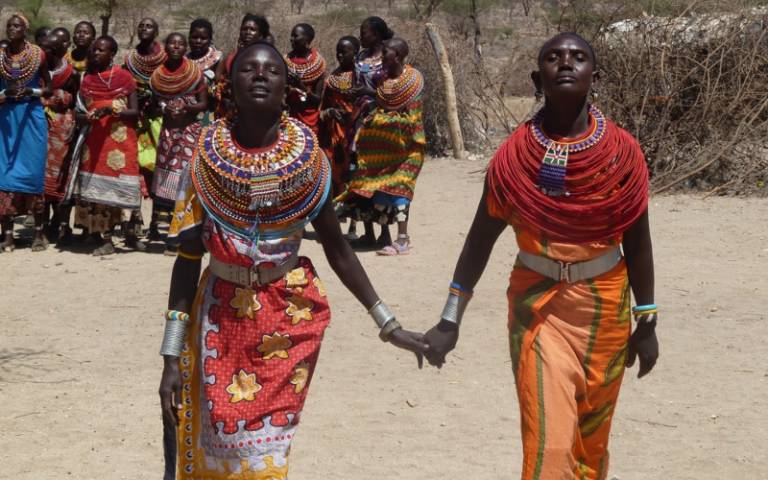
Kenyan tribe, Kenya
3. Emily Warren Roebling (Engineer)
Emily Warren Roebling was a famous engineer known for her contribution to the Brooklyn Bridge construction, a world's famous landmark. Now talk about inspiring!
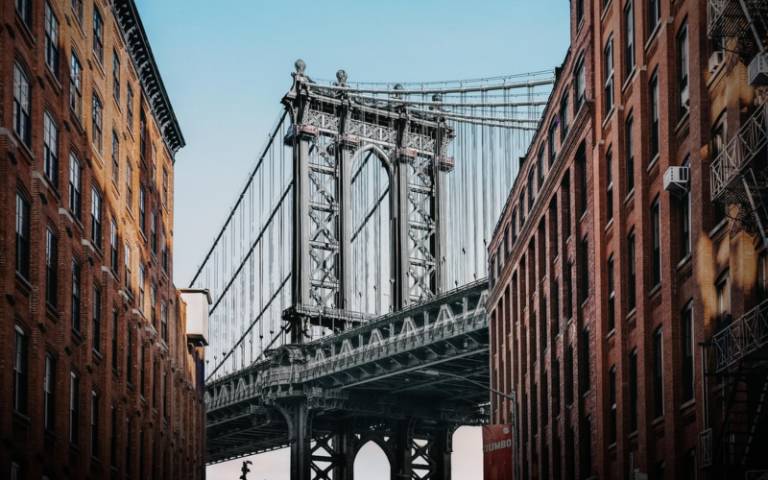
4. Soledad Nuñez (Civil engineer, politician)
Another remarkable woman in the industry is Soledad Nuñez. She was the first female and youngest person appointed Paraguay's Minister of Housing and Habitat at just 31. Her ambition to tackle the lack of infrastructure in Paraguay is what led her to civil engineering. She also dedicated a big part of her career to and NGO called TECHO in Paraguay on the issue of informal settlements.
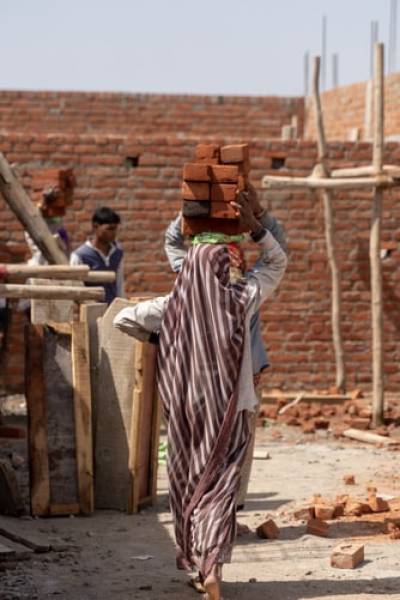
So, feeling inspired yet?
Through this post, I hope that I was able to shed some light on why we need more women and men like you, reading this to join the industry and fight to balance the scales. Therefore, I want to encourage any girl thinking of a career in the built environment to embark on the journey. It has been a rewarding experience for me, and I look ahead with anticipation and enthusiasm at what is to come. I hope to see more women (myself included) in leading roles in the built industry. Finally, in the wise words of Sue Riddlestone OBE, CEO and co-founder of Bioregional, an environmental organisation, "Let's build a more equal world, while we build our buildings [and cities]!"
References
- Archer, S., 2016. Companies with women in leadership roles crush the competition. [online] Business Insider. Available at: https://www.businessinsider.com/companies-with-women-in-leadership-roles-perform-better-2016-6?r=UK
- Building. 2018. Women in Construction survey - key findings. [online] Available at: https://www.building.co.uk/focus/women-in-construction-survey-key-findings/5091481.article
- Civil Engineer Average Salary in Colombia 2021 - The Complete Guide. [online] Available at: http://www.salaryexplorer.com/salary-survey.php?loc=47&loctype=1&job=256&jobtype=3
- Civil Engineer Average Salary in Paraguay 2021 - The Complete Guide. [online] Available at: http://www.salaryexplorer.com/salary-survey.php?loc=169&loctype=1&job=167&jobtype=3
- Craven, J., 2019. 20 Women Architects You Should Know. [online] ThoughtCo. Available at: https://www.thoughtco.com/famous-female-architects-177890
- International Women’s Day 2018 – women in the built environment. 2018. [online] Available at: https://www.bioregional.com/news-and-opinion/international-womens-day-2018-women-in-the-built-environment
- Maria Soledad Nuñez Mendez, a former minister seeks professional development. 2019. [online] Available at: https://www.bsg.ox.ac.uk/study/mpp/student-experiences/maria-soledad-nunez-mendez-former-minister-seeks-professional-development
- Moser, C., n.d. Home | Caroline Moser | Researcher and Advisor. [online] Carolinemoser.co.uk. Available at: http://carolinemoser.co.uk/
- Tikkanen, A., 2021. Emily Warren Roebling | Biography & Facts. [online] Encyclopedia Britannica. Available at: https://www.britannica.com/biography/Emily-Warren-Roebling
- United Nations Sustainable Development. 2018. Take Action for the Sustainable Development Goals. [online] Available at: https://www.un.org/sustainabledevelopment/sustainable-development-goals/
- WiBE. 2018. Women in the Built Environment. [online] Available at: https://www.wibe.org.uk/news
About the author
Sabelle is currently studying MSc in Urban Development Planning at the DPU. With a background in architecture and Landscape, she enjoys exploring cities to discover exciting buildings and parks. Sabelle is passionate about issues related to gender equality, housing and gentrification. She is also a lover of arts and music.
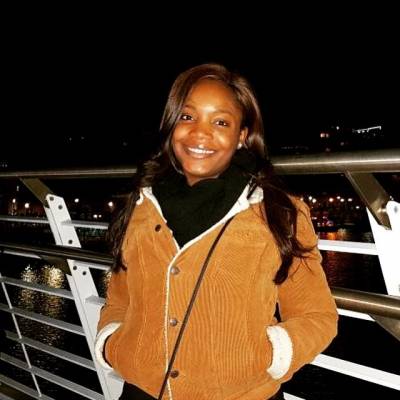
 Close
Close


